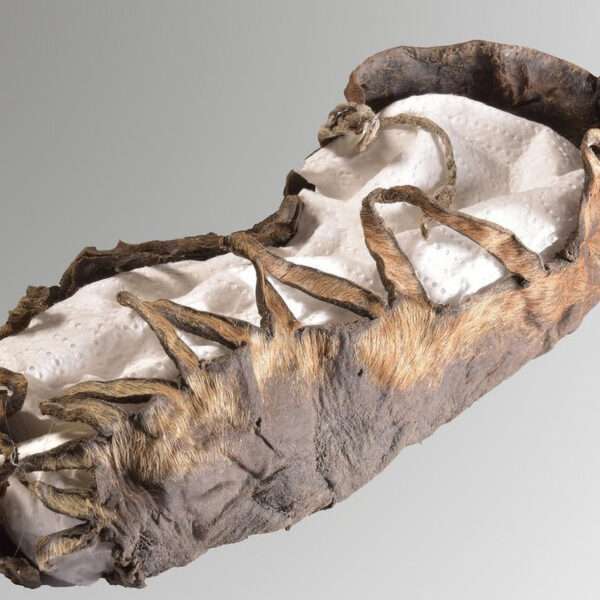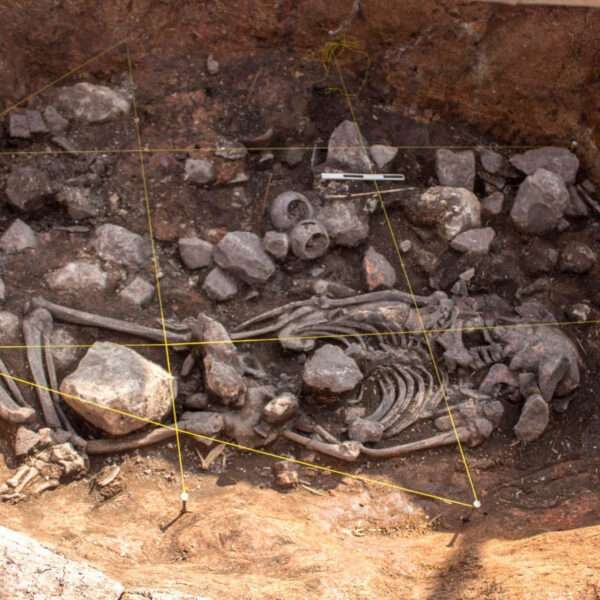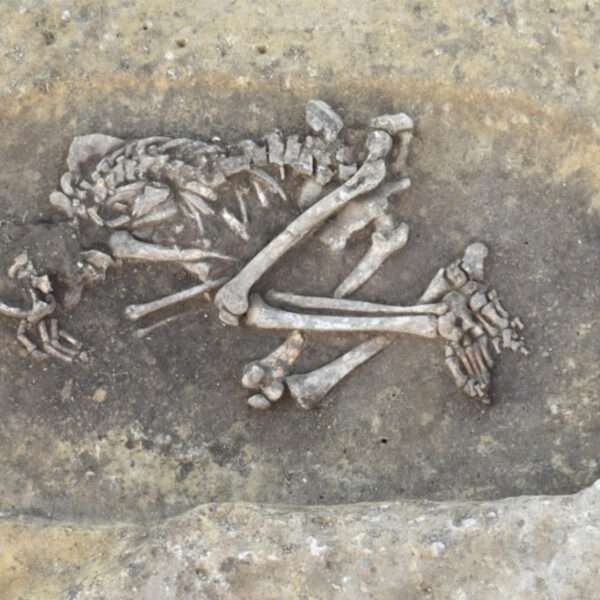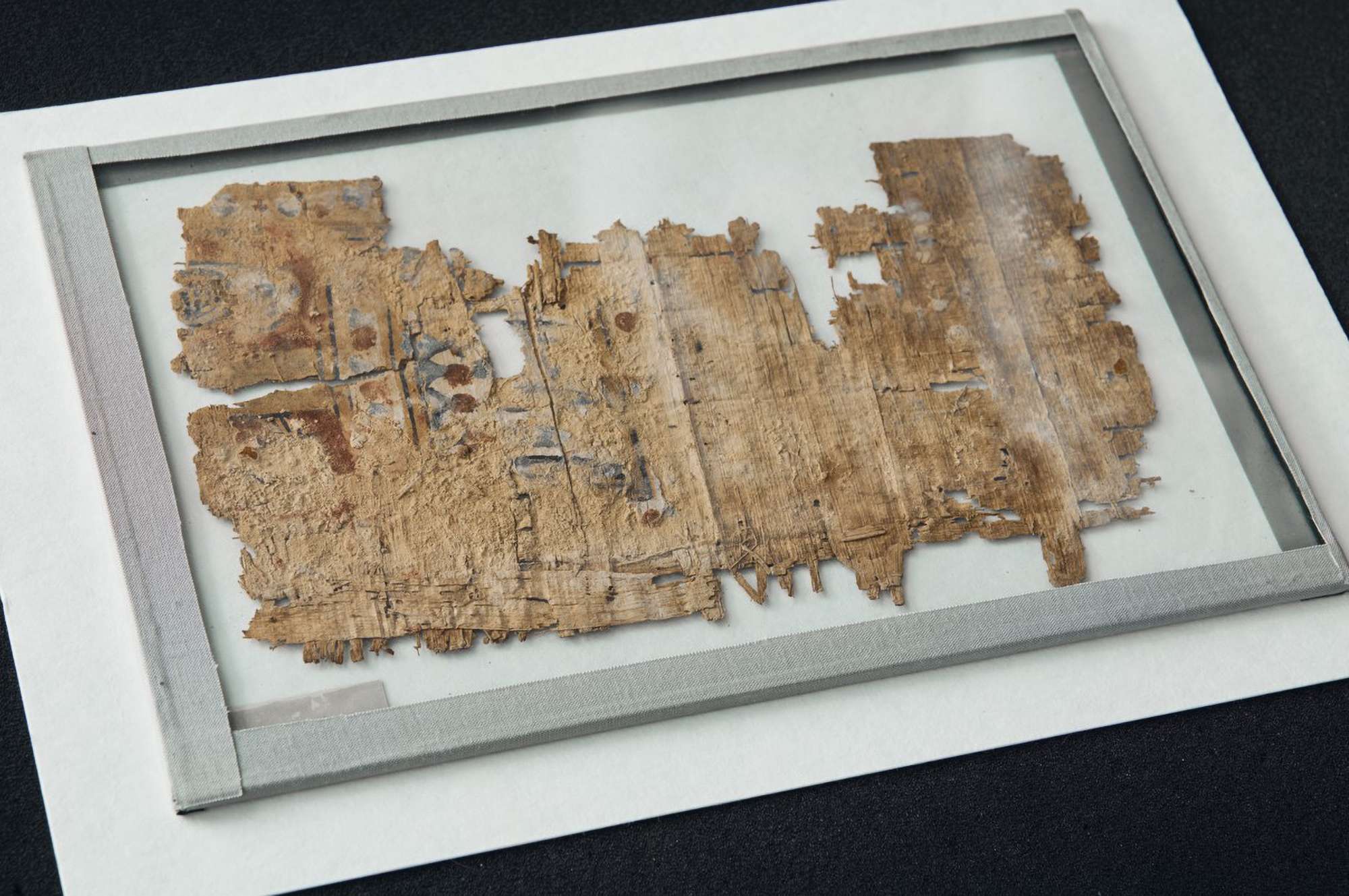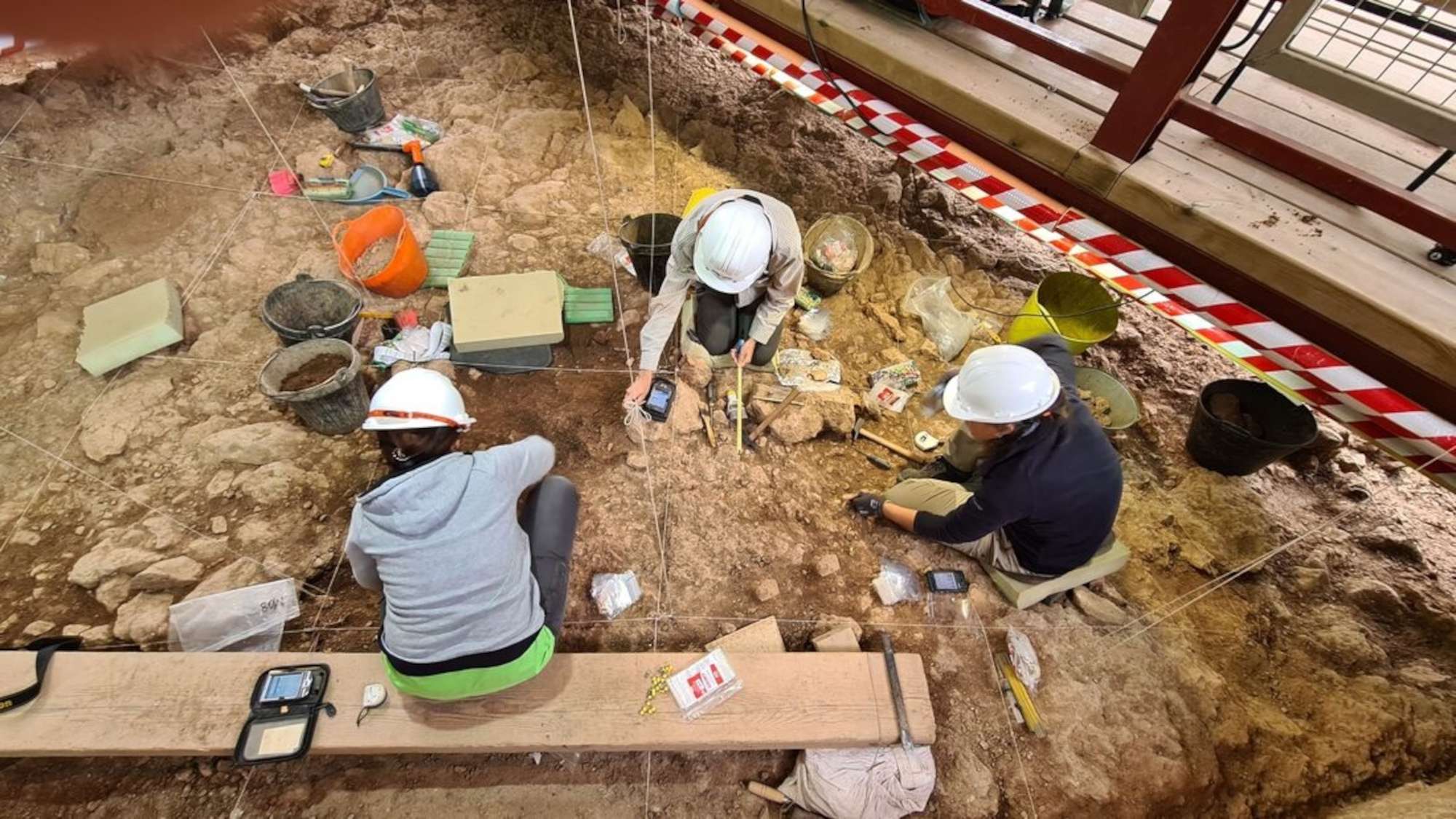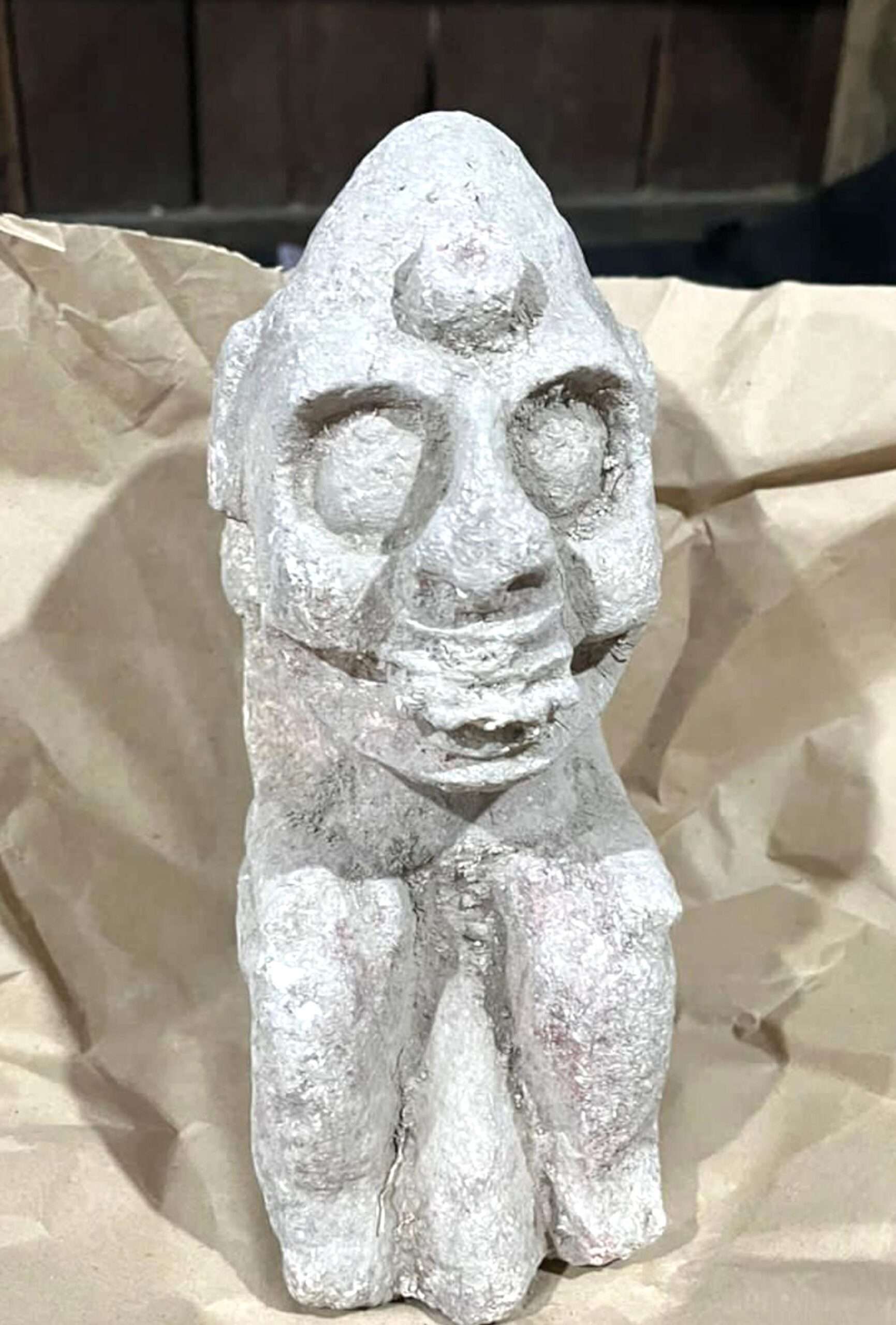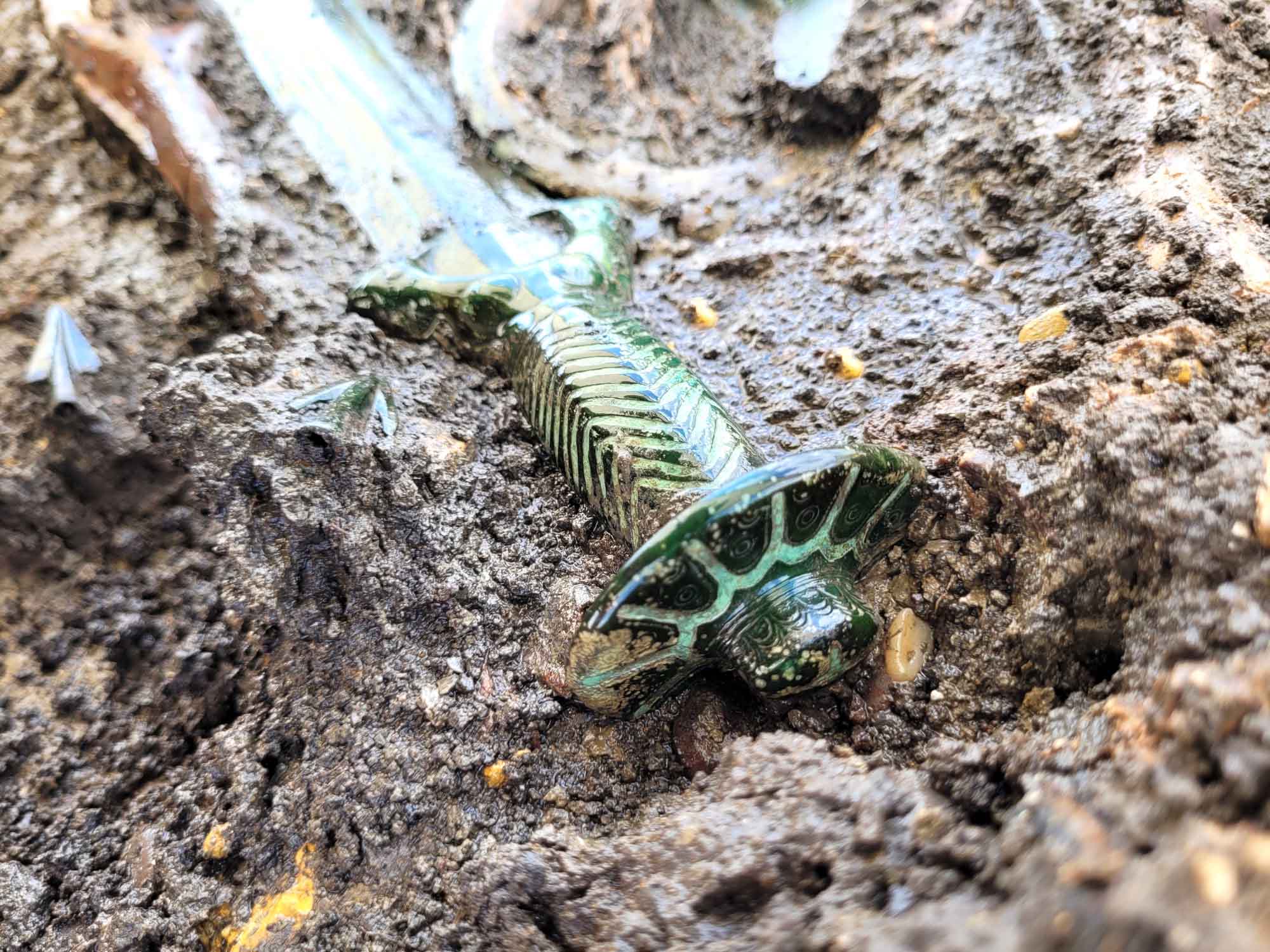A new tiny precursor of the dinosaurs has been unearthed by scientists excavating rocks on Spain’s holiday island Mallorca.
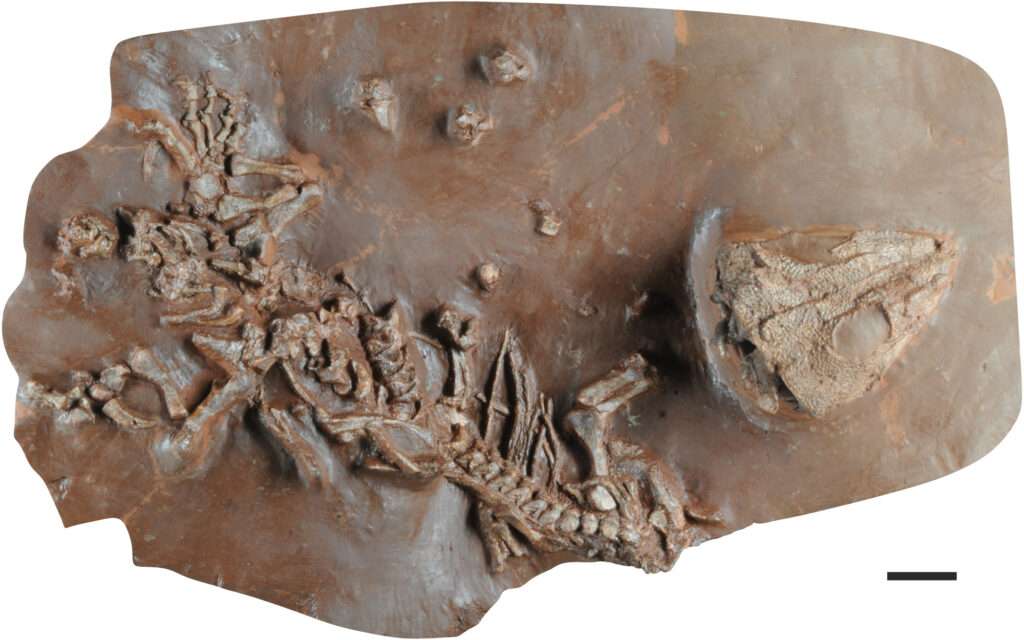
The creature – from the group moradisaurine captorhinids – was a primitive early reptile that predates the rise of the dinosaurs by 40 million years.
The 50 centimetres (20 inches) lizard lived in the Permian period that lasted from 299 to 251 million years ago and was a herbivore feeding on leaves, say experts.
The new specimen was discovered while a team of experts were studying the area of Banyalbufar, a rocky coastline famous for its caves and rugged coastline.
Leading palaeontologist Rafel Matamales – curator of the Balearic Museum of Natural Sciences (MUCBO) – revealed that his dad Sebastian had made the discovery.
He said in a statement obtained by Newsflash: “During the fieldwork, my father, who was participating as a volunteer, saw something sticking out of the rock that looked weird to him.
“When he removed it, we could see the jaws and other bones of the skeleton.”
The fossil experts named the new species as Tramuntanasaurus.
Matamales explained: “The animal is almost complete, with the different bones in anatomical position, which is quite exceptional in the fossil record of this period.
“We have observed that the Tramuntanasaurus had five rows of teeth in the upper and lower jaw.
“This allowed it to chew and break down the plant material it consumed before ingesting it.”
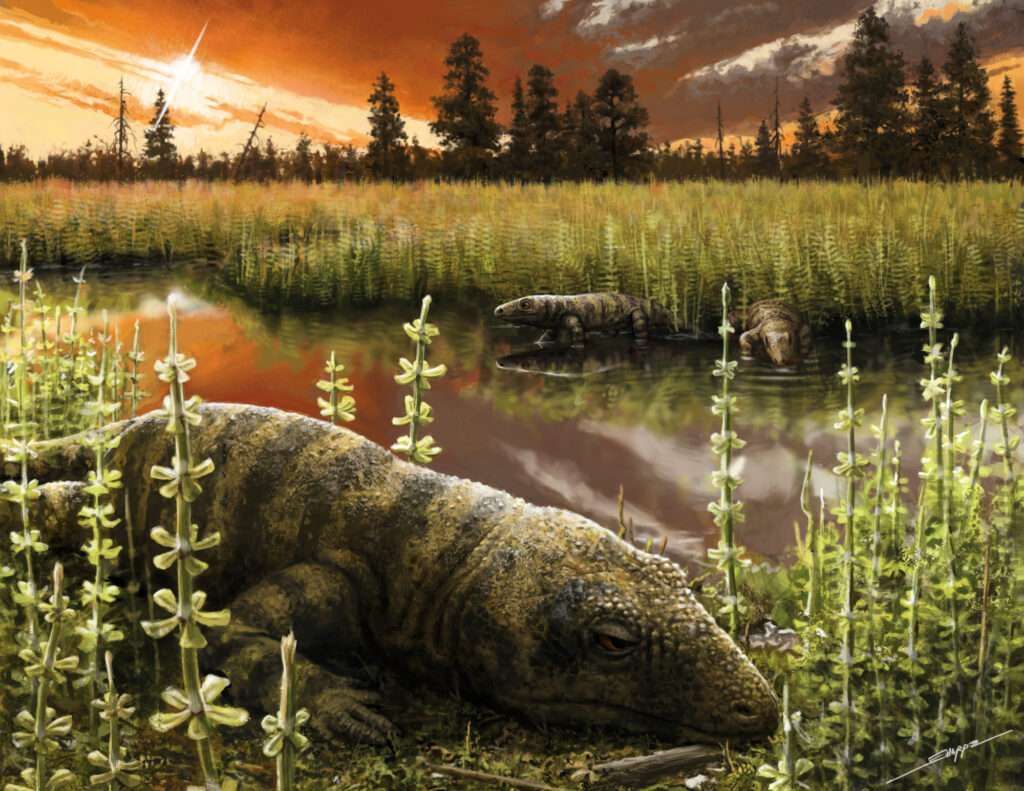
The palaeontologists explained that at the time it existed, Mallorca was not a separate island but a part of the eastern side of the supercontinent Pangea.
Head of the Computational Paleobiology research group at the Miquel Crusafont Catalan Institute of Paleontology Josep Fortuny said: “The climate was also quite different from now.
“The Tramuntanasaurus lived in a tropical climate where dry seasons alternated with very rainy ones.”
German fossil expert Eudald Mujal – from the Museum of Natural History in Stuttgart – said that the new creature was found in a watering hole.
The pool, he said, would have been used by all the region’s animals during dry periods.
He said: “This explains the concentration of skeletons and footprints found in this zone.
“Since the skeleton preserves the almost complete and articulated left foot, we were able to compare its anatomy with the footprints and are fairly confident that the smaller-sized footprints belong to the Tramuntanasaurus.”
Museu de la Conca Della director and co-author of the study Angel Galobart said the richness of the fauna and flora at the site became extinct about 250 million years ago during the Permian–Triassic extinction event, also known as the Great Dying.
Galobart added: “Intense volcanic activity altered the global climate of the planet in a geologically short period and led to the extinction of over 90 per cent of marine species and 70 per cent of terrestrial vertebrates.
“This explains why a huge part of the faunas that lived at that time, such as the Tramuntanasaurus, have no present-day representatives.”
The study was published in the journal ‘Papers in Palaeontology’ on Wednesday, 21st June.


